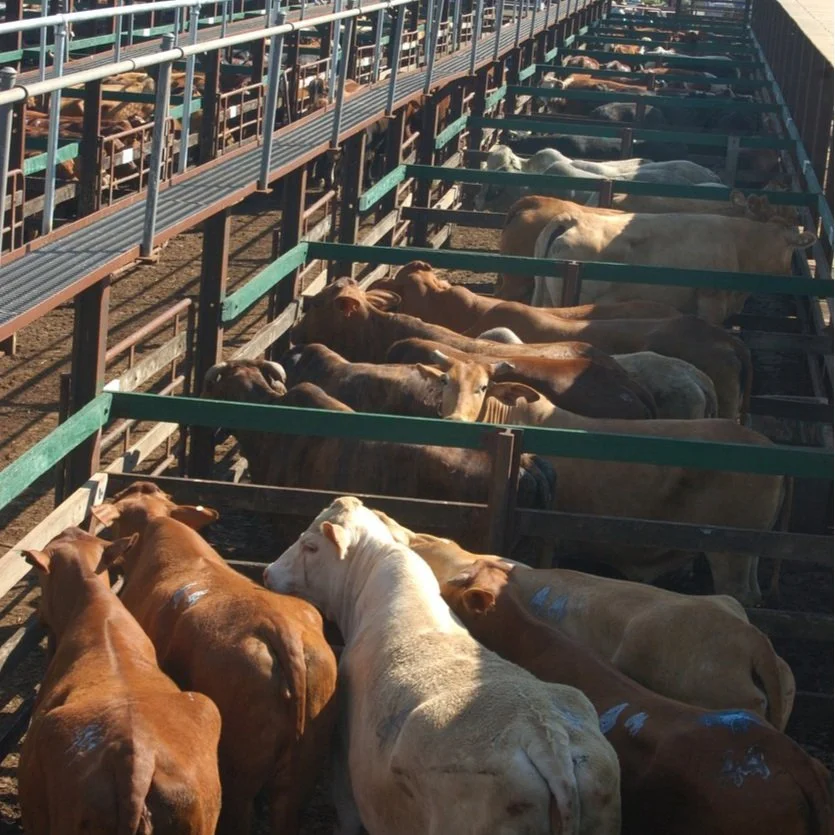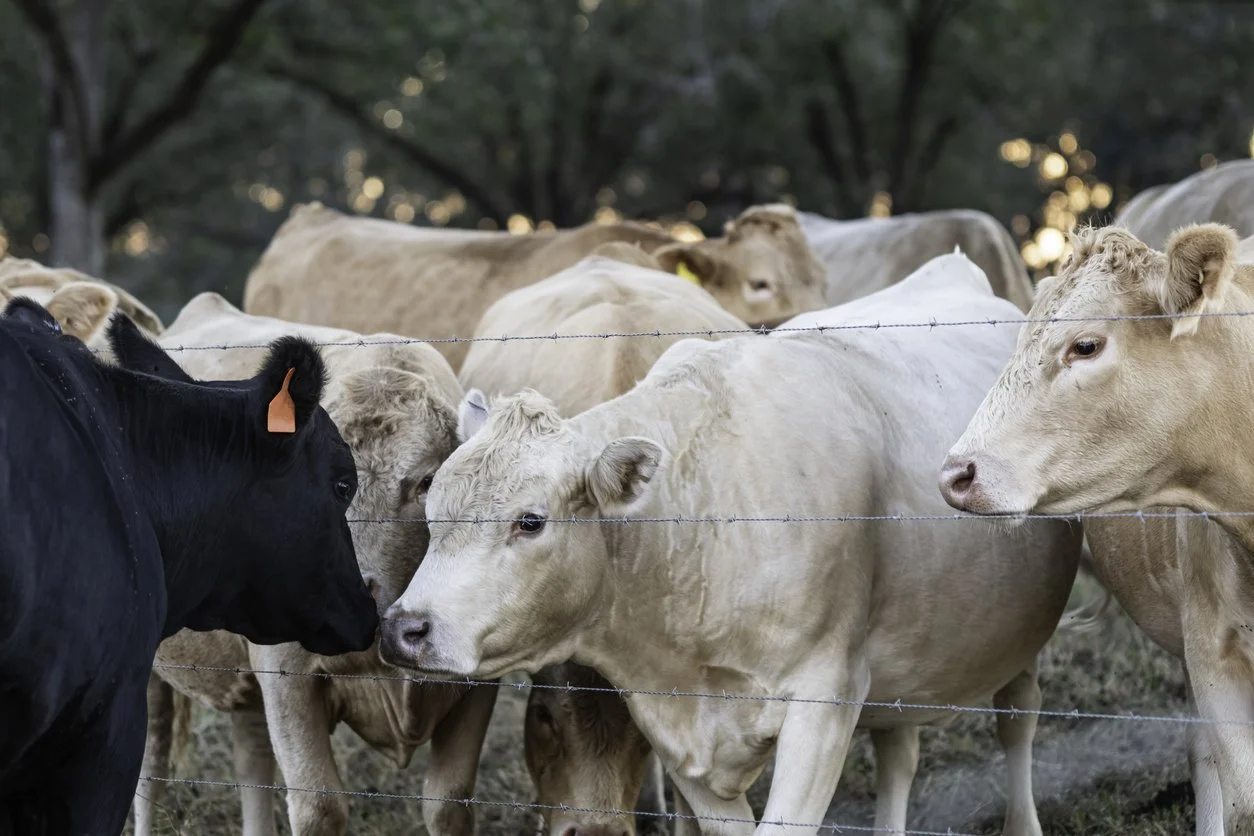Why Quarantine, Drenching, and Vaccination Are Non-Negotiable When Buying in New Livestock
At JAB Agri Solutions, we see firsthand how good management practices can mean the difference between a thriving herd and a costly disaster. Over the last few weeks, we were reminded of just how critical biosecurity, animal husbandry, and welfare protocols are when introducing new livestock — no matter how healthy they might appear.
Earlier in the year, we purchased a mob of cattle and were subsequently called by the department four months later to be advised that ticks had been detected on the property of origin — despite the cattle being purchased through a saleyard in a tick-free zone. By having accurate and accessible data on hand of the animal husbandry (drench that covered ticks) and quarantine measures we took, we were able to advise the department this information immediately. This was a separate but equally serious biosecurity concern.
More recently, we purchased a mob of cattle that looked quiet and healthy on inspection. Within days, two had died and others were severely ill. Immediate veterinary intervention, blood tests, antibiotics, and pain relief were required to stabilise the animals and by having accurate and accessible data on hand of the animal weights we could give the right dose to the steers immediately. We didn’t lose anymore thankfully.
But thankfully, we followed our own advice…….
Because we adhered to strict quarantine protocols, the infected cattle never mixed with our existing herd. Our record keeping, biosecurity measures, coupled with good animal husbandry — close monitoring, supportive feeding, and low-stress handling — saved our business from a potentially devastating outbreak.
Our rule of thumb: Treat every new animal as a potential risk until proven otherwise.
Cattle at saleyards - Image credit to iS
Be Prepared Before You Buy
Before any new livestock arrives on your property, ensure you have:
✅ Adequate drench supplies — suited for internal and external parasites
✅ Core vaccinations — including 5-in-1 or 7-in-1 for clostridial diseases
✅ High-quality nutritional feed — to support immune function and reduce stress
✅ A secure, clean, well-ventilated quarantine yard — that can be held for 7–10 days minimum
✅ Adequate shade, fresh water, and comfortable shelter — to maintain good welfare and reduce stress
✅ A welfare checklist — observing behaviour, appetite, mobility, and any injury daily
Our Onboarding Protocol at JAB Agri Solutions
At JAB Agri Solutions, we follow a strict and consistent onboarding process for every new mob:
Quarantine: We keep all new stock completely separate from existing animals for 7–10 days to protect herd health and maintain property biosecurity.
Close Monitoring: During this time, we closely monitor new arrivals for any signs of illness, weakness, or unusual behaviour, including carefully observing their eating and drinking patterns to catch early signs of stress or disease.
Within 24 hours of purchase, we:
Weigh each animal to calculate dose rates accurately
Administer appropriate vaccinations
Conduct a full drench for internal and external parasites
Record the NLIS tag and mob number for traceability and transfer
Apply our own management ear tag for easy identification
Brand the animals (pending state or territory legislation)
Carry out a thorough health and welfare check to look for injuries, lumps, or other abnormalities
Record animal data: NLIS, visual tag number/name, weights, vaccination and drench details, anything else about the animal such a breed, bull/steer/heifer/cow, how many teeth - or add notes like ‘in calf to angus bull’.
By following these best-practice biosecurity, animal husbandry, and welfare protocols, we give every new animal the best possible start on our property while protecting the health, performance, and welfare of our existing herd.
Why Quarantine and Biosecurity Matter
Quarantining new animals for at least 7–10 days is essential — even if they seem healthy. Many diseases and parasites have incubation periods that won’t show obvious symptoms straight away. Common issues include:
Ticks and lice — which can quickly infest your herd and paddocks
Warts and blight — contagious skin conditions spread through shared surfaces or contact
Respiratory or bacterial infections — often triggered by transport stress or new environments
Gastrointestinal parasites — frequently introduced through fresh stock
Proper quarantine is a key pillar of biosecurity. Combined with good animal welfare — appropriate shade, water, low-stress handling, and observation — this protects both your existing animals and the new arrivals.
Our rule of thumb: Treat every new animal as a potential risk until proven otherwise.
Cattle smelling new stock added - Image credit to iS
Final Thoughts
Buying new livestock is a major investment — financially and in terms of animal health and welfare. Cutting corners can have devastating consequences, as we have seen firsthand. But with the right systems, good record-keeping, strong biosecurity, and a mindset focused on responsible animal husbandry, you can reduce your risk and protect both the animals and the property you’ve worked hard to build.
Kind Regards,
Amanda Burchmann
Livestock Production & Industry Development Specialist
Founder | Advocate | Producer
Phone: 0408847536
Disclaimer:
The information provided in this article is true and correct to the best of my knowledge at the time of publication. It is intended for general guidance and informational purposes only. Readers are encouraged to verify any information and seek independent advice relevant to their individual circumstances, particularly where legal, financial, or regulatory compliance matters are concerned.

